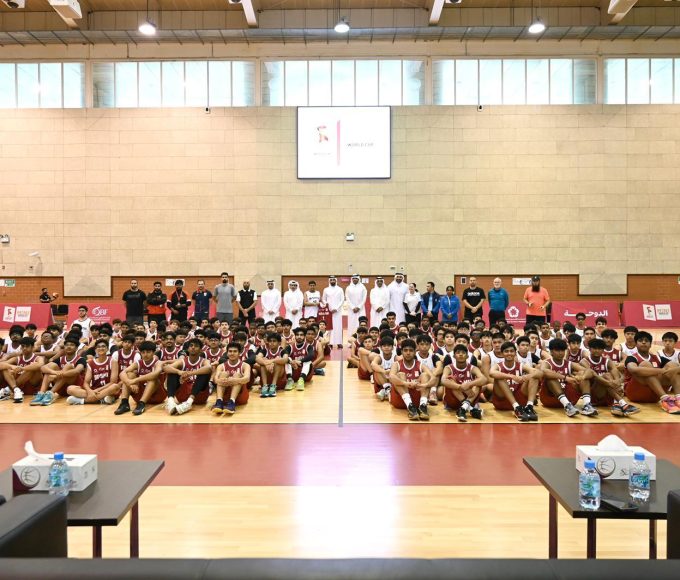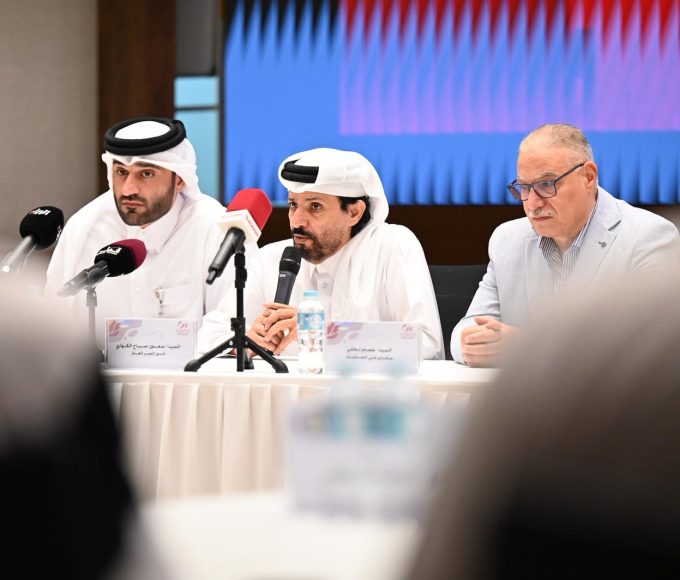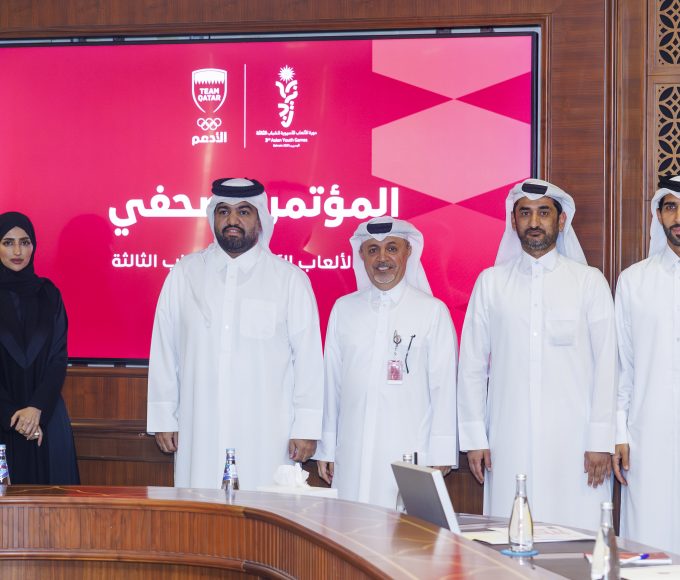Hamstring is the most common injury and ACL tears are associated with the longest recovery periods
Doha: Aspetar, Orthopaedic and Sports Medicine Hospital, has released findings from its extensive study into injury patterns among professional football players in the Qatar Stars League (QSL).
The largest of its kind worldwide in football industry, the study spans eight seasons (2014/15 to 2021/22) and offers unprecedented insights into injury rates, impact, and trends.
The study revealed a high incidence of injuries among QSL players, with a total of 4,789 recorded. Players were found to be at greater risk of injury during matches compared to training sessions. The study also quantified the time players lost due to injuries, with hamstring strains identified as the most common injury and ACL tears associated with the longest recovery periods.

Encouragingly, the study showed a decline in gradual onset injuries and a non-significant reduction in sudden onset match injuries over the eight seasons. This suggests potential improvements in injury prevention measures or changes in training and match conditions. However, re-injuries remained a concern, accounting for 10.8% of all injuries, emphasising the need for effective rehabilitation and monitoring.
Interestingly, the injury patterns observed in Qatari football closely resemble those reported in Asian and European leagues, indicating comparable injury risks across these regions.
“This comprehensive study provides a foundation for enhancing player welfare and performance in Qatari football,” said Dr Montassar Tabben, researcher at Aspetar’s Sports Injury and Illness Prevention Programme (ASPREV).“By understanding injury patterns and trends, we can develop targeted prevention strategies and optimise recovery processes.”

Launched in November 2012, ASPREV combines research and implementation to build on Aspetar’s and the National Sports Medicine Programme’s strengths, fostering collaborations locally and internationally.
The programme conducts long-term research into injury and illness prevention, with data used in various collaborative projects exploring the link between general health, musculoskeletal conditions, and injury risk.















